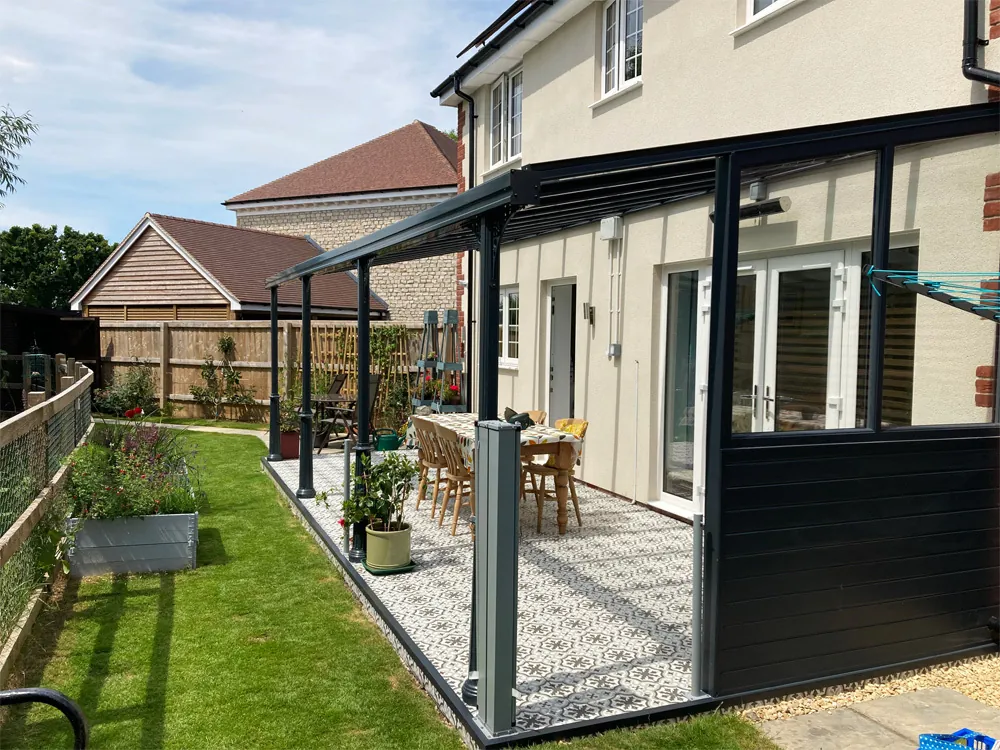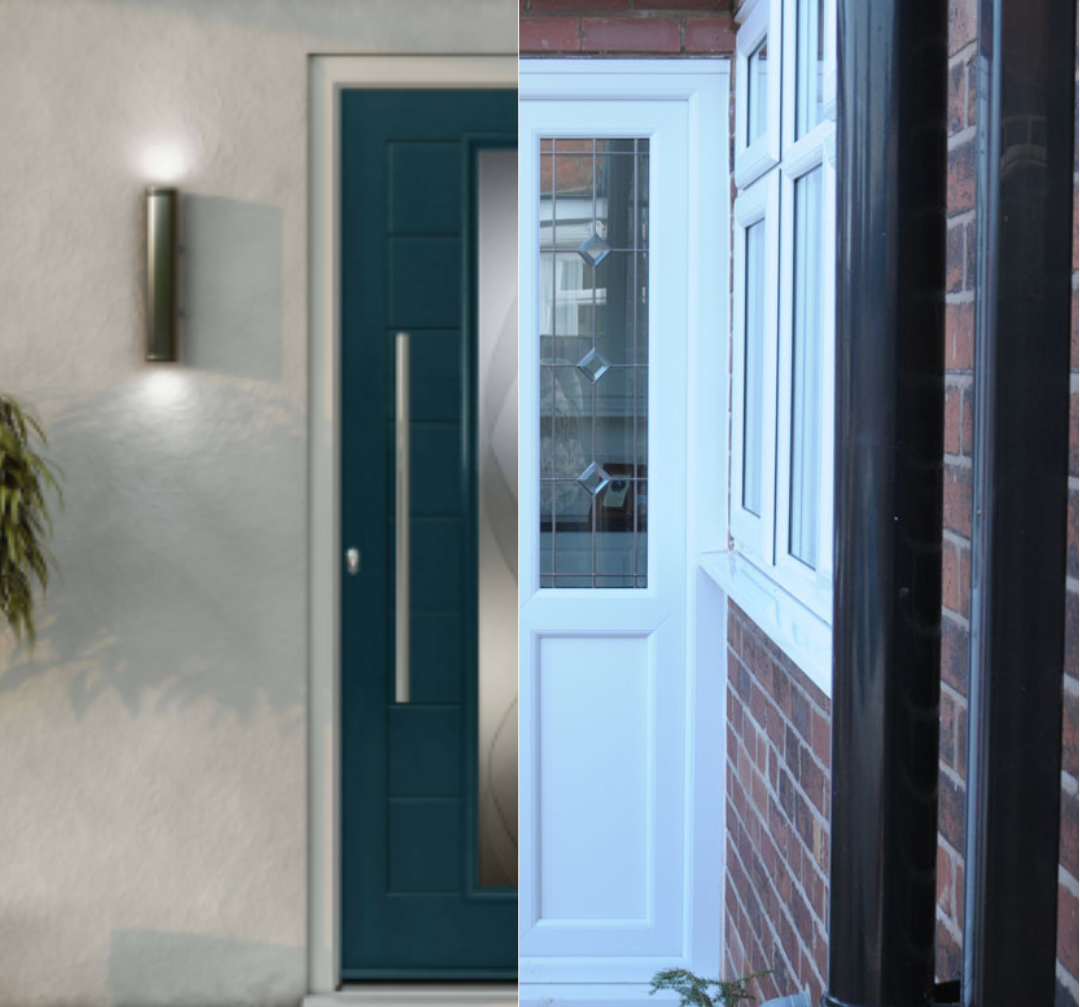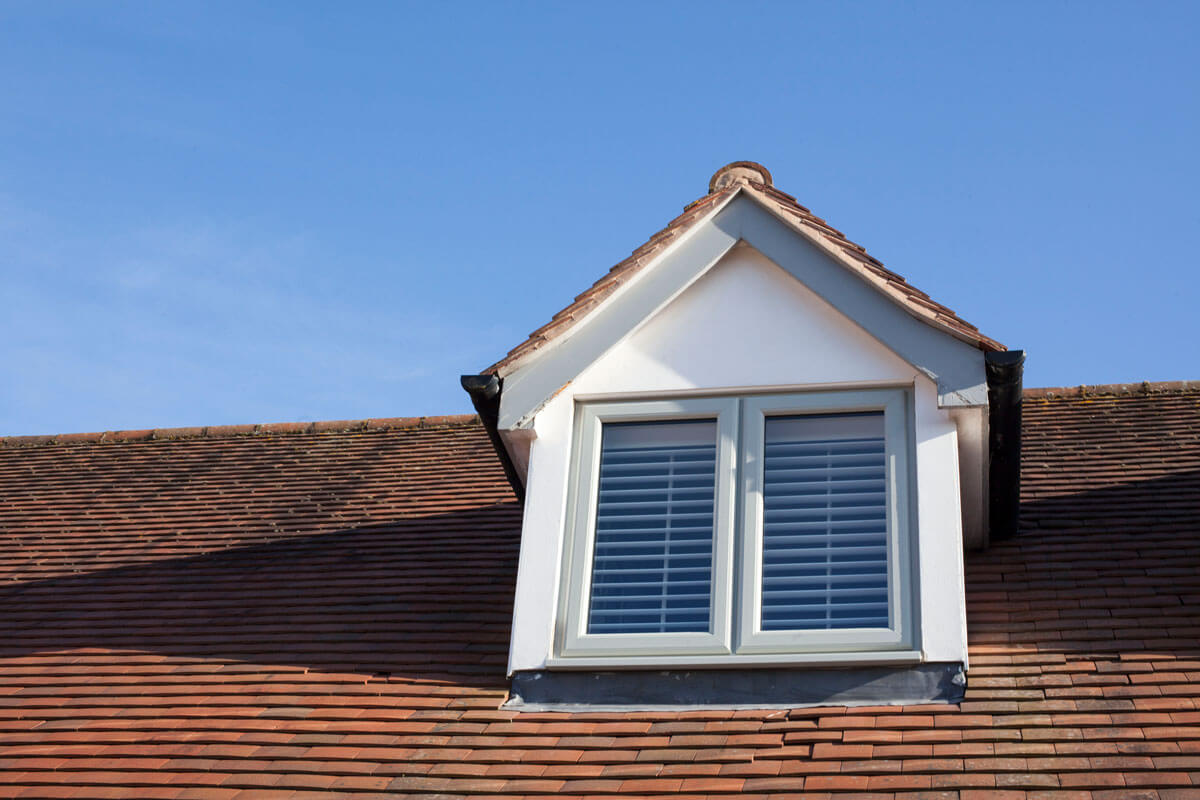What is the Difference Between Conservatories and Orangeries?
If you’re considering adding a new space to your home, you may have come across the terms “conservatory” and “orangery”. While both options offer a way to extend your living space and bring more natural light into your home, there are some key differences between the two. Without a clear understanding of the two extensions and their differences, it becomes very difficult to make a choice. In this article, we will explore what sets a conservatory apart from an orangery, helping you make an informed decision for your home improvement project.
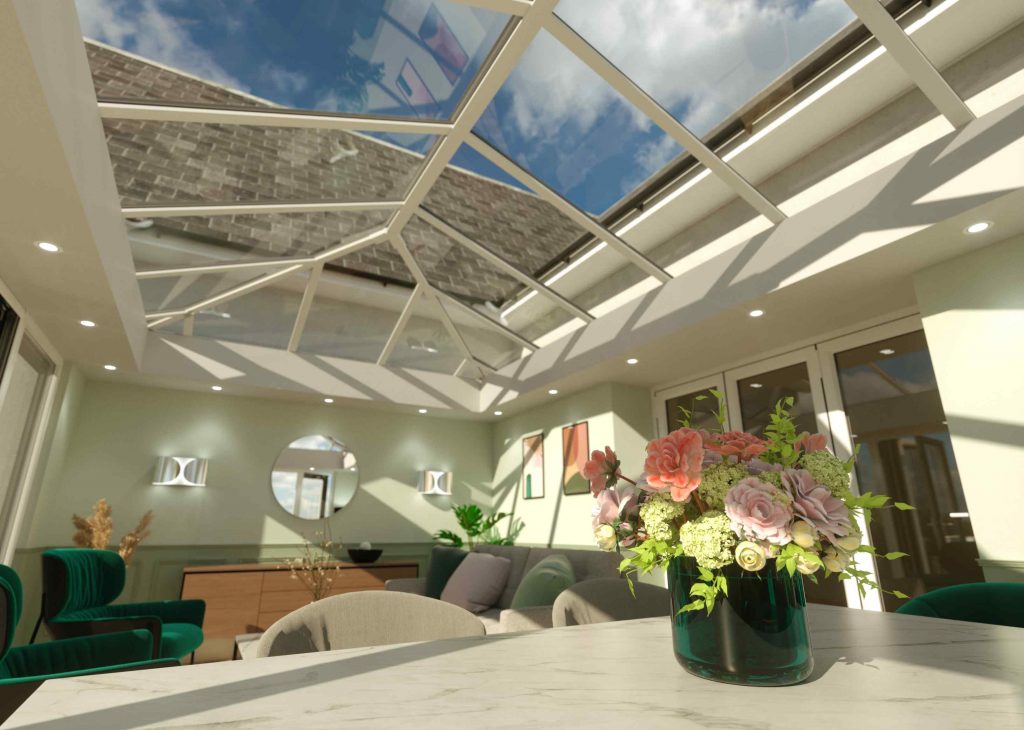
Roof and Side Construction
One of the main differences between a conservatory and an orangery lies in their roof and side construction. Conservatories typically have more than 75% of the roof glazed, allowing for maximum sunlight to enter the space. The side framework of a conservatory is more delicate, with a greater emphasis on glass panels. This creates a bright and airy atmosphere, perfect for enjoying the outdoors from the comfort of your home.
On the other hand, orangeries have less of the roof glazed, and many people favour solid roofs for this profile. Orangeries have a more solid and grand feel compared to conservatories, with a greater emphasis on brick or stone walls. This design choice provides a slightly warmer and more private space, making orangeries ideal for use as dining areas or cosy living rooms.
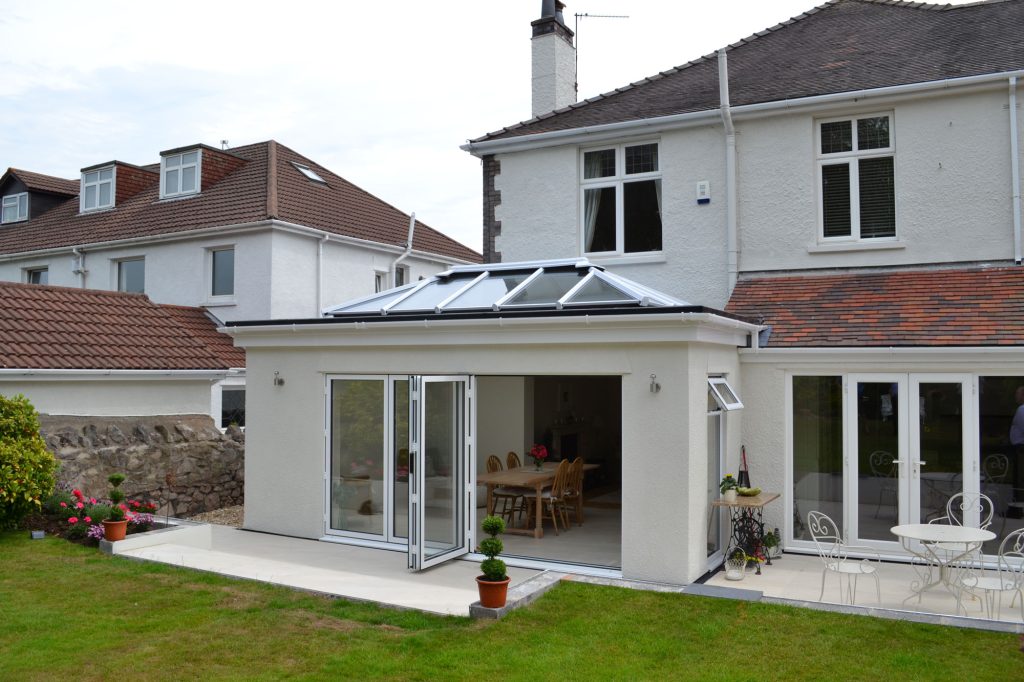
Home Extension Architectural Style
Conservatories are often designed with a contemporary aesthetic in mind. The focus is on sleek lines, minimalistic frames, and maximising the use of glass. This modern style complements a wide range of home designs and can add a touch of elegance to any property. Conservatories are versatile spaces that can be used as sunrooms, extended living rooms, or even home offices.
Orangeries, on the other hand, have a more traditional and period-style architectural design. They often feature bold brickwork, classical frames, and intricate detailing. Orangeries can be customised to suit various architectural styles, making them a great choice for homeowners looking to create a seamless extension that blends seamlessly with their existing property. Conservatories tend towards traditional homes, whereas orangeries are more adaptable with their timeless feel.
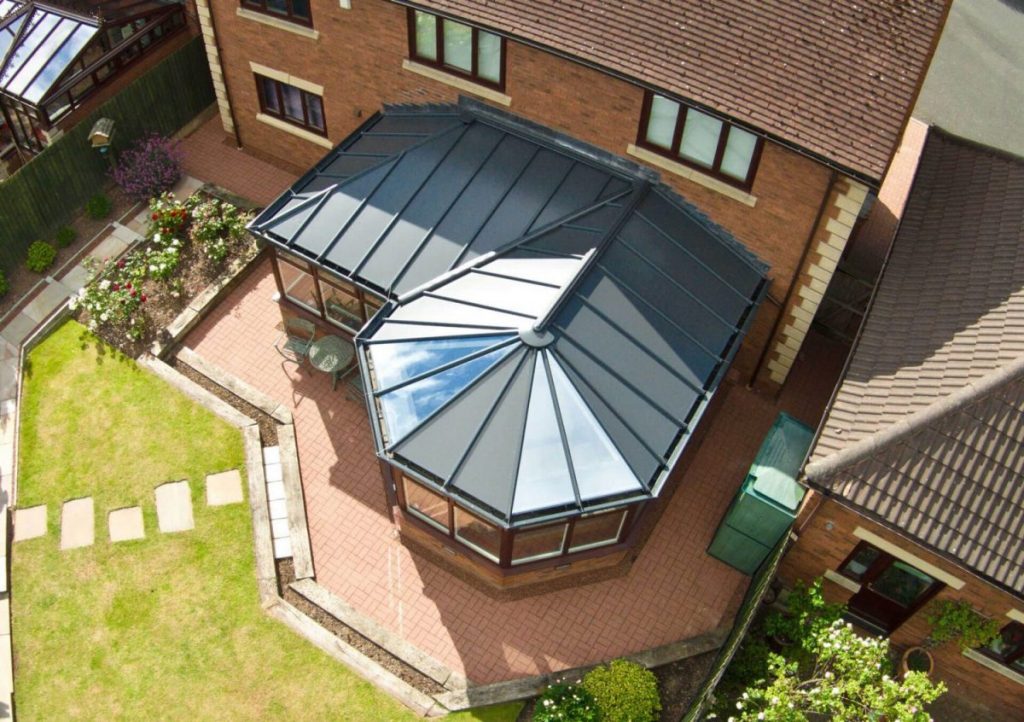
Do You Need Planning Permission?
When considering a conservatory or an orangery, it’s important to be aware of any planning permission requirements. In general, conservatories are considered permitted developments and do not require planning permission, as long as they meet certain criteria. However, it’s always a good idea to check with your local authorities to ensure compliance with any regulations.
Orangeries, on the other hand, may require planning permission in some cases. The solid brick or stone walls and the more substantial construction of orangeries can sometimes fall outside the permitted development guidelines. It’s essential to consult with your local authorities before starting a project to ensure you have the necessary permissions in place.
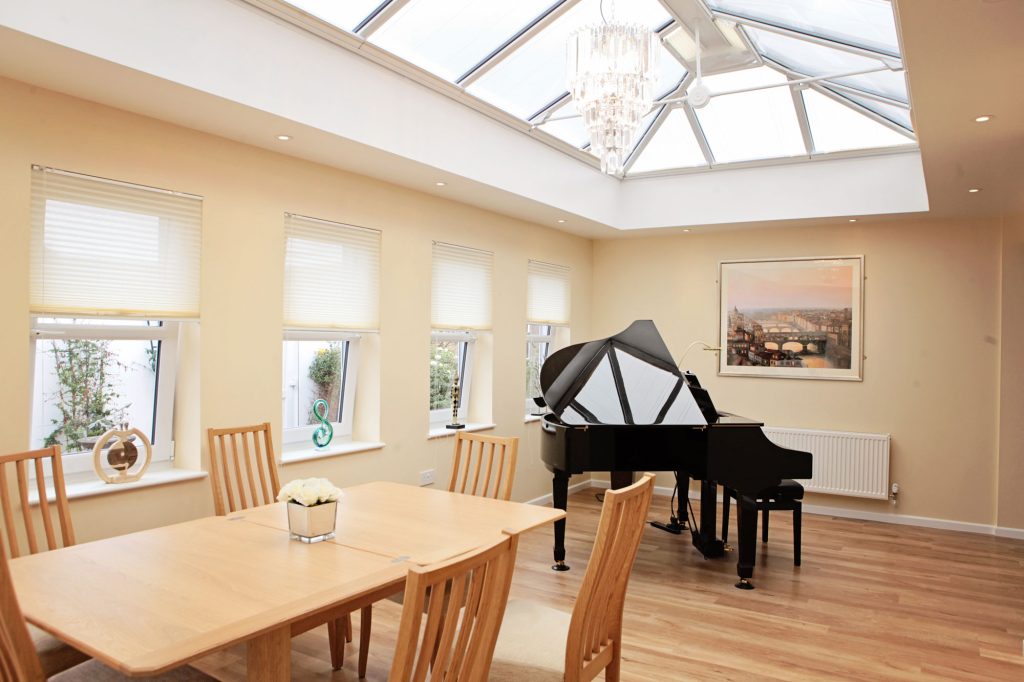
Value and Longevity
Both conservatories and orangeries can add value to your property if built to a high standard and in keeping with the style of your home. However, orangeries are often seen as a more permanent and substantial addition, which can have a positive impact on the overall value of your property. The solid construction and grandeur of orangeries can create a sense of luxury and sophistication, appealing to potential buyers.
Conservatories, on the other hand, are a popular choice for homeowners looking for a cost-effective way to extend their living space. With advancements in technology, modern conservatories can be thermally efficient and offer excellent insulation, making them suitable for year-round use. Conservatories provide a light-filled and versatile space that can enhance your daily living experience.
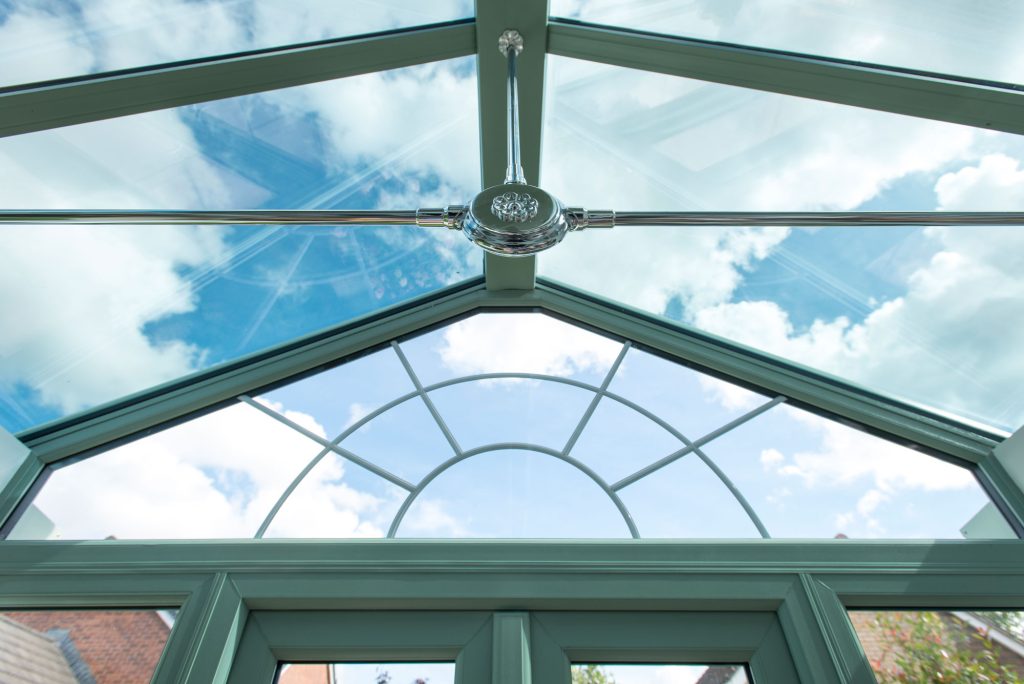
Choose a Quality Conservatory or Orangery Today
In conclusion, the main difference between a conservatory and an orangery lies in their roof and side construction, with conservatories having a greater emphasis on glass and a more delicate framework, while orangeries feature robust brickwork. The choice between the two depends on factors such as your architectural style preferences, desired use of the space, and budget. Both options can enhance your home and provide a valuable extension that you can enjoy for years to come.
If you’re considering adding a conservatory or an orangery to your home, reach out to our team here at Leekes. We have decades of experience in the fenestration industry and can help you choose the perfect solution for your home. Fill out our contact form to get in touch with our team today, or start a quote for your new home extension today!
Categories: Windows
Tags: casement windows
